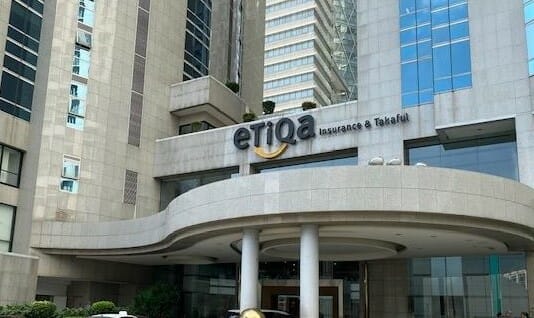Malaysia’s takaful industry is likely to continue its steady growth in 2021 amid government initiatives and a supportive Islamic finance ecosystem, further propped up strong economic growth, which Fitch Ratings forecasts at 6.7% in 2021, increased digitalisation, higher awareness and a low life-insurance penetration rate.
Malaysia’s vibrant Islamic finance ecosystem includes Islamic banks, sharia-compliant corporates, Islamic fund managers and halal industries that seek takaful products. Bancasssurance is one of the main distribution channels of takaful products. Takaful demand also arises from sukuk issuance, which makes up more than 60% of outstanding domestic issues and is often linked to projects and insuring the underlying assets. Takaful firms can also invest their liquidity in diverse sukuk and other Islamic options.
Fitch expects takaful penetration to keep rising, supported by government initiatives to provide financial assistance for the bottom 40% of income earners to purchase insurance and takaful coverage under the ‘Perlindungan Tenang’ scheme. Malaysian takaful continued to gain ground in the insurance market during the 2020 pandemic; it accounted for 38% of the domestic life insurance market in 1H20 (2019: 34%). General takaful accounts were stable at 16% of the overall general insurance market.
The takaful industry faced low top-line growth in 2020 due to a fall in new contributions under pandemic-related movement restrictions. Consequently, the contribution of family takaful to overall growth dwindled to 2% in 1H20, against 25% in 2019, while general takaful contributions rose by only 0.6%, from 20%. Nonetheless, takaful growth remained steady compared with general and life insurance contributions, which shrank by 3.6% and 12.6%, respectively.
Family takaful funds recorded a 28% drop in profitability in 1H20 due to unrealised losses from equity investments and lower new contributions. However, this was a smaller fall than for life insurance funds, whose profitability declined by 79%. The takaful sector’s capital adequacy ratio reached 240%, above the insurance sector’s 226%.









